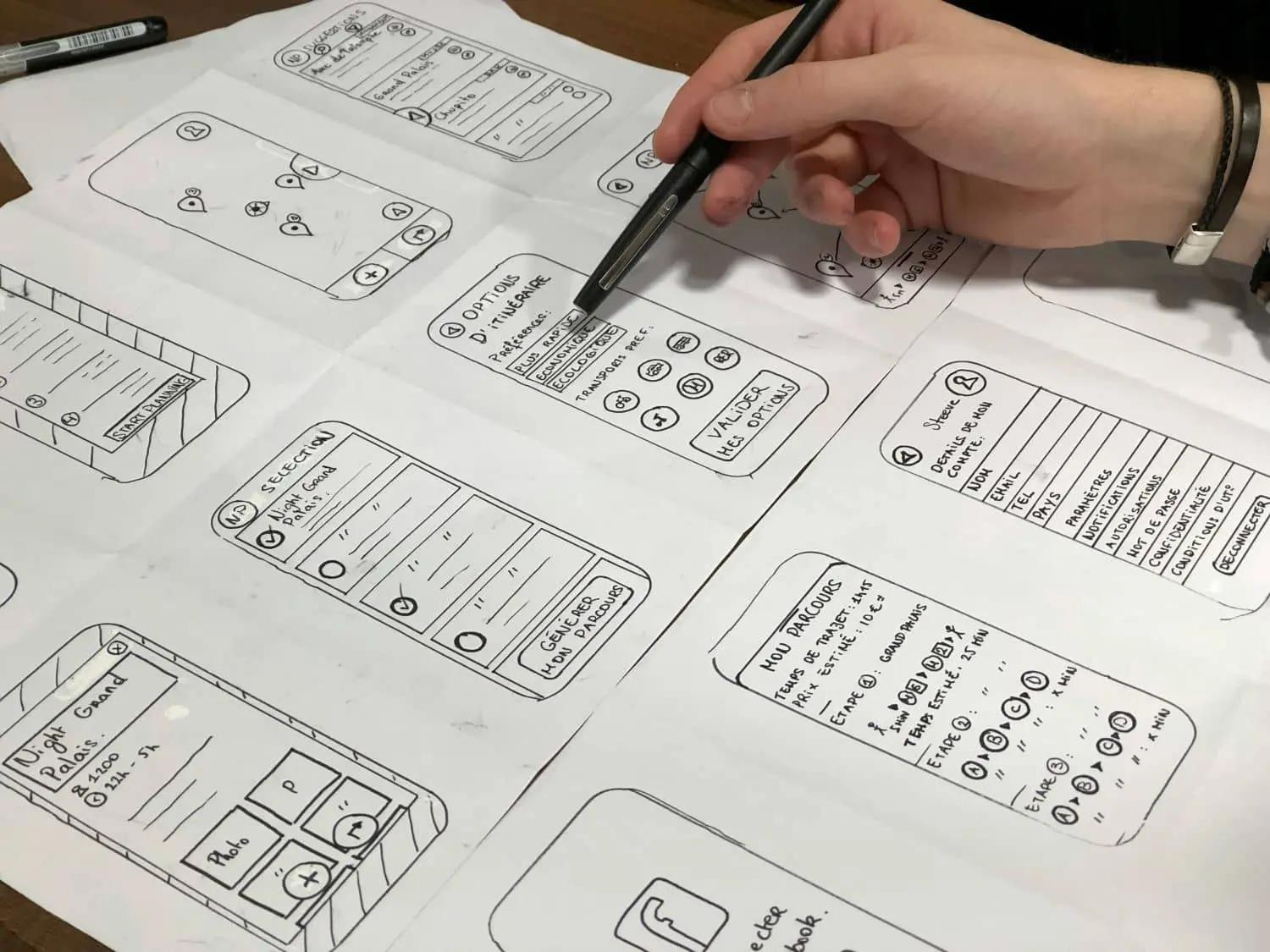
In today's digital age, having a website that looks great and functions well on any device is crucial. Enter responsive web design, a game-changer in the world of web development. Responsive web design ensures that your website adapts seamlessly to different screen sizes, whether it’s viewed on a desktop, tablet, or smartphone. This approach not only enhances user experience but also boosts your site's visibility on search engines, as mobile-friendliness is a key ranking factor.
This concept is particularly important for industries where user interaction and engagement are pivotal, such as e-commerce, real estate, and professional services. Whether you own a local plumbing business, a law firm, or a bustling online store, responsive web design is essential to reaching and retaining customers in an increasingly mobile world.
In this post, we'll define responsive web design, explore its significance in today’s business landscape, and provide examples of its successful implementation. We'll also outline the key components of responsive web design and share best practices for ensuring your website delivers an exceptional user experience across all devices. By the end of this article, you'll understand why responsive web design is a must-have for your business and how to get started with it.
What is Responsive Web Design?
Responsive web design is a web development approach that ensures a website adapts seamlessly to different screen sizes, providing an optimal viewing and interactive experience. This involves use of fluid grids, flexible images, and CSS media queries to adjust to layout based on the user's device.
Understanding the Concept of Responsive Web Design
Responsive web design (RWD) is essential in today's digital landscape, where users access websites from a variety of devices including smartphones, tablets, laptops, and desktops. The primary goal is to ensure that your website's content, design, and performance are consistent across all devices, creating a seamless user experience.

Key Elements of Responsive Web Design
1. Fluid Grids
Fluid grids use relative units like percentages instead of fixed units like pixels to define the width of layout elements. This flexibility allows the layout to resize itself proportionally to fit different screen sizes.
2. Flexible Images
Images in responsive web design are also scaled in relative units to prevent them from displaying outside their containing element. This ensures images look good on any device without causing layout issues.
3. CSS Media Queries
Media queries are a cornerstone of responsive design. They allow the application of different styles based on the characteristics of the device, such as its width, height, and orientation. This means you can customize the look and feel of your website for various devices.
Why Responsive Web Design is Important for Your Business
Responsive web design isn't just a trend-it's a necessity for your business in today's digital landscape. Here are several reasons why investing in responsive web design will impact the success of your business's website:
1. Enhanced User Experience
A responsive website ensures that your visitors can easily navigate and interact with your site regardless of the device they're using. According to Google, 61% of users are unlikely to return to a mobile site they had trouble accessing, don't take it from me take it from what Google is saying.
2. Improved SEO Performance
Google prioritizes mobile-friendly websites in its search results, meaning that responsive design can positively impact your site's search engine ranking. In fact, 52.2% of all website traffic around the world comes from mobile devices!
3. Increased Customer Engagement
With a responsive website, you are ensuring that your visitors will be more likely to engage with your content, leading to higher conversion rates and increased customer satisfaction. Research shows that 57% of internet users won't recommend a business with a poorly designed website on mobile.
4. Cost-Effectiveness
Maintaining separate desktop and mobile versions of your website can be time-consuming and costly. By investing in responsive design, you can streamline your web development efforts and reduce long-term maintenance expenses.
Tips and Reminders for Responsive Web Design

1. Prioritize Mobile Optimizations
Given the increasing number of users accessing websites from mobile devices, ensure that your site's mobile experience is top-notch. Test your site on different devices and screen sizes to identify and address any usability issues.
2. Focus on Speed
Mobile users have very short attention spans (no offense meant if you really like using your phone), so optimize your site for fast loading times. Compress images, minify CSS and JavaScript files, and leverage browser caching to improve performance and reduce bounce rates.
3. Keep Navigation Simple
Simplify navigation menus and minimize the number of clicks required for users to find information. Use clear and intuitive navigation labels to guide visitors to the most important sections of your site.
4. Test, Analyze, and Iterate
Continuously monitor your website's performance using tools like Google Analytics and Google Search Console. Pay attention to user behavior metrics, such as bounce rate and time on page, and use insights to make data-driven improvements to your website's experience.
Conclusion
Responsive web design is not just a trend-it's a strategic imperative for businesses in the digital age. By prioritizing user experience, improving SEO performance, and enhancing customer engagement, responsive design ensures that your website effectively serves both desktop and mobile users, driving business growth and success.
Are you're ready to take your website to the next level? Contact us today for a free consultation.


